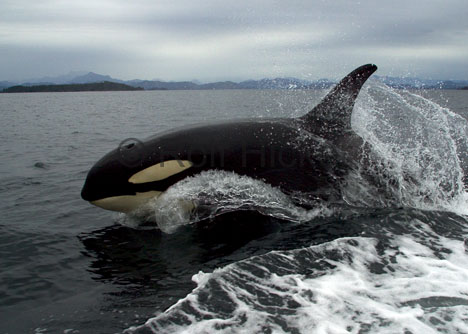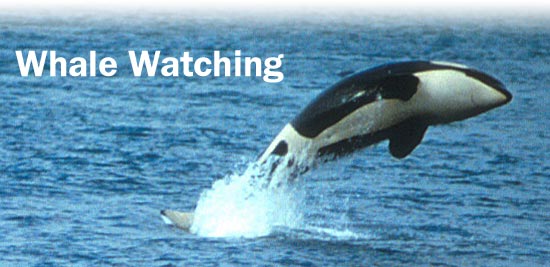春暖花开,是观赏野生海洋动物的最佳季节。惊险刺激、风靡全球的赏鲸之旅便从这个季节开始了。无论是在鲸鱼栖息水域静谧地邂逅,还是一路追踪逆戟鲸鱼跃而起、浪花飞溅的刹那,都将是这一季带给你的终生难忘的记忆!
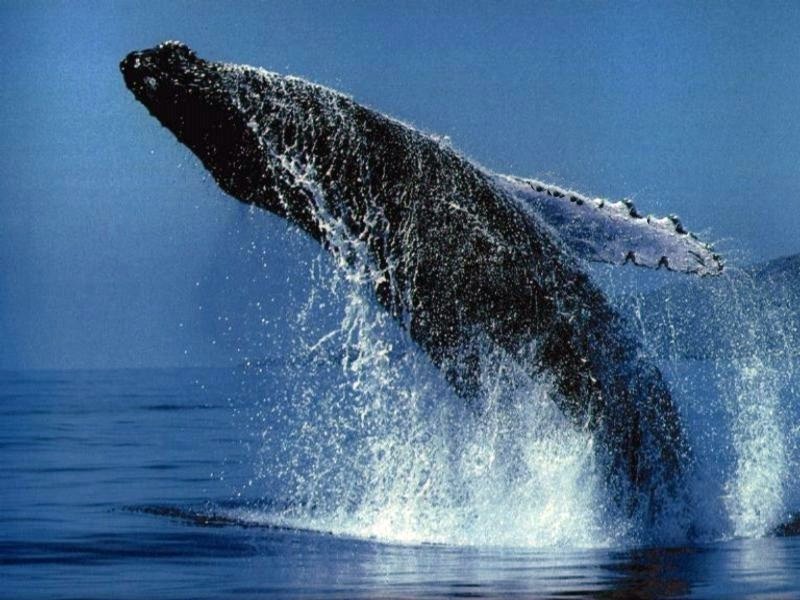
Whale watching is the practice of observing whales and other cetaceans in their natural habitat. Whales are watched most commonly for recreation but the activity can also be for scientific or educational reasons. While individuals do organize private trips, whale watching is primarily a commercial activity, estimated to be worth up to $1 billion per annum worldwide to whale watching operations and their local communities. The size and rapid growth of the whale watching industry has led to complex and unconcluded debates with the whaling industry about the best use of whales as a natural resource.
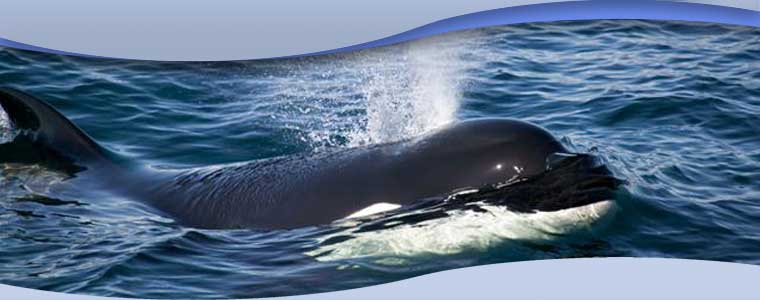
赏鲸是观察鲸鱼或其他海洋生物(如海豚)的自然栖息地即活动,大多数用于休闲,但有些活动也可用于科学研究或教育目的,也是海上生态旅游的一种。与捕鲸不同之处,是该资源借由捕鲸仅有一次,捕完就没了,而赏鲸可由不同人多次欣赏,在不过分干预鲸鱼自然活动之前提下,是一个取之不尽、用之不竭的宝贵资源。
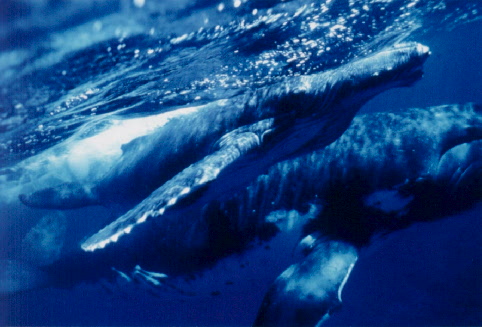
Whale watching as an organized activity dates back to 1950 when the Cabrillo National Monument in San Diego was declared a public spot for the observation of Gray Whales. In 1955 the first water-based whale watching commenced in the same area, charging customers $1 per trip to view the whales at closer quarters. The spectacle proved popular, attracting 10,000 visitors in its first year and many more in subsequent years. The industry spread throughout the western coast of the United States over the following decade.